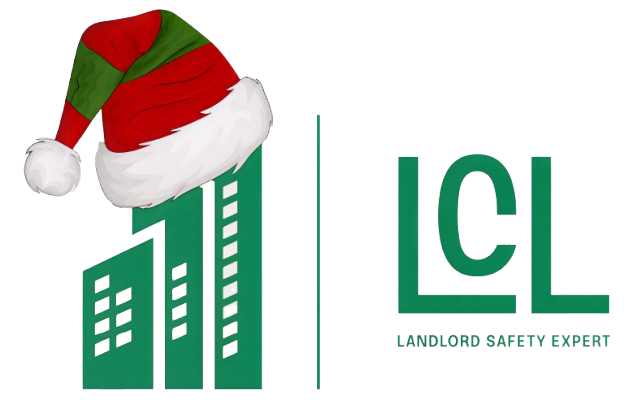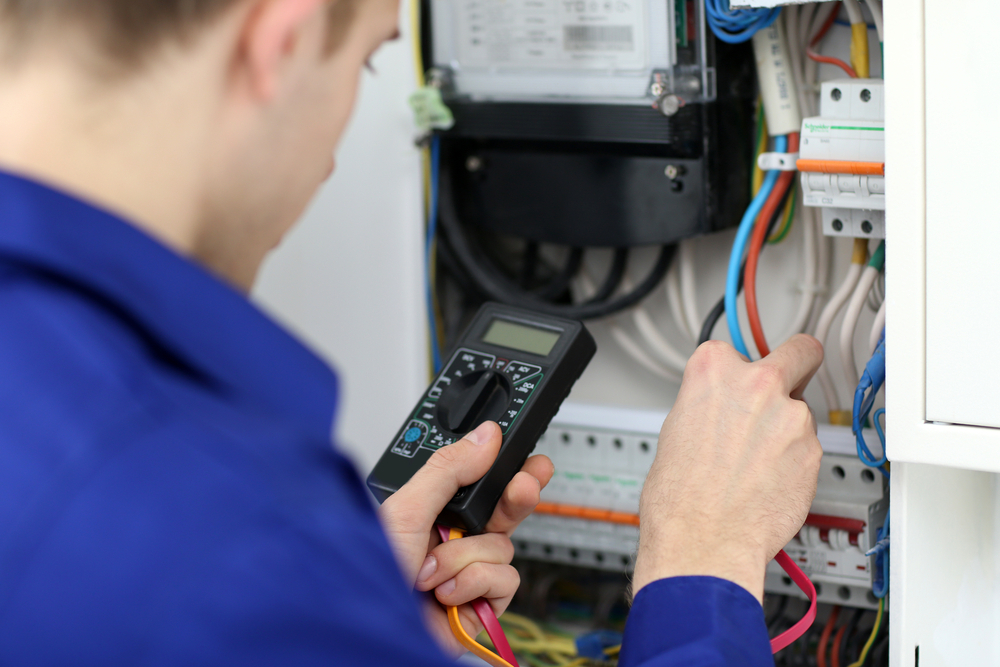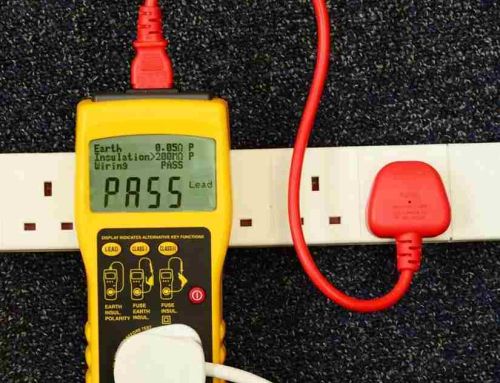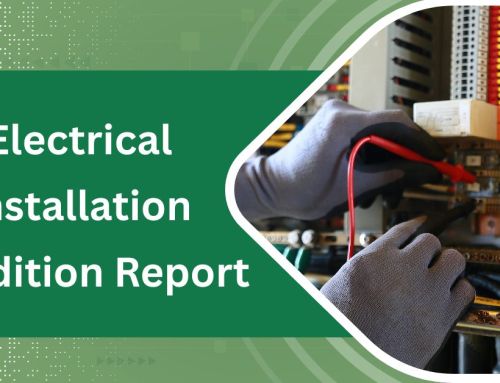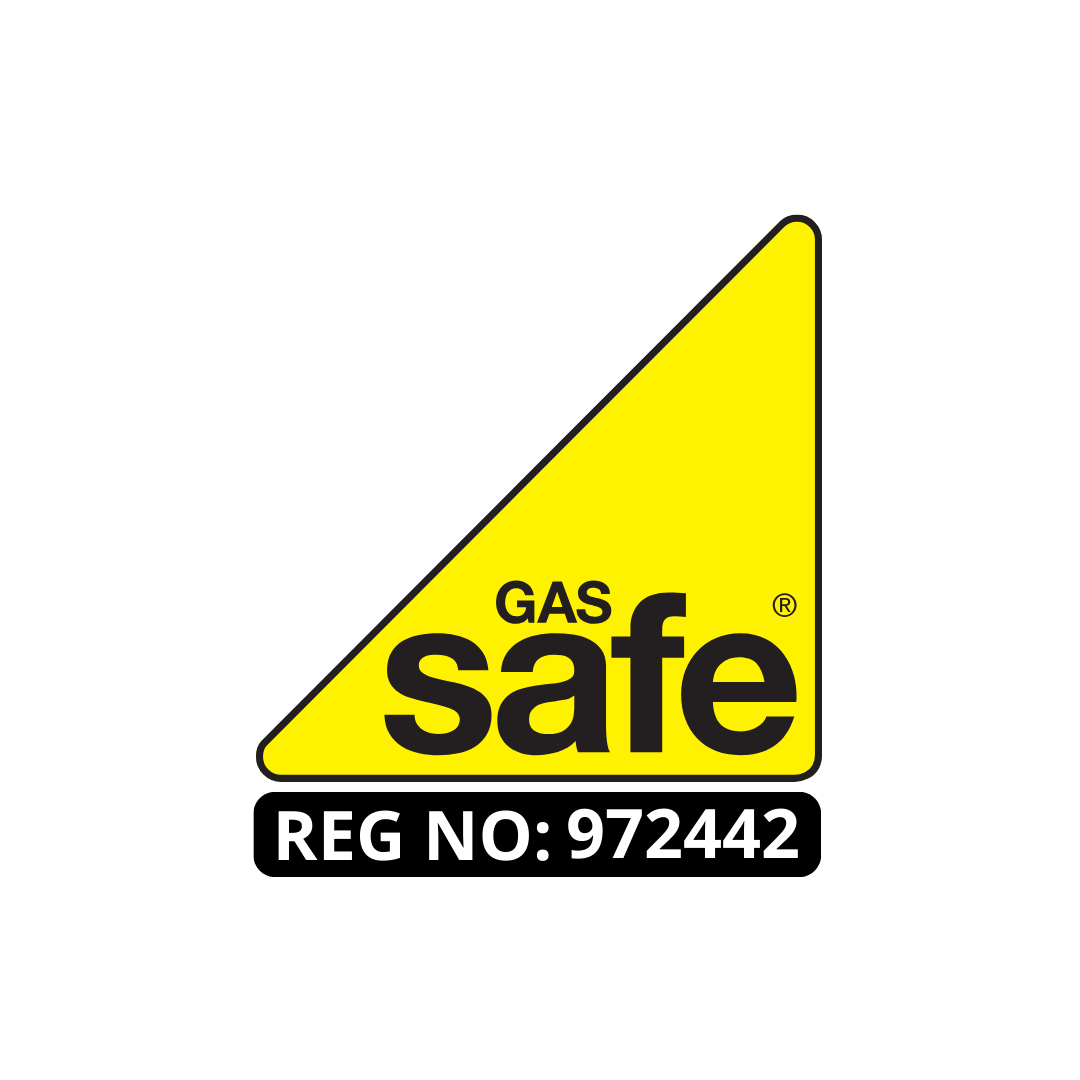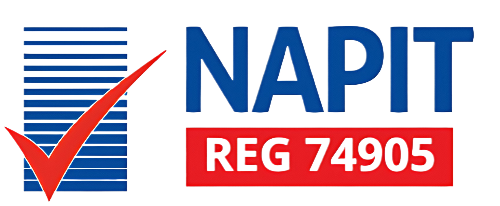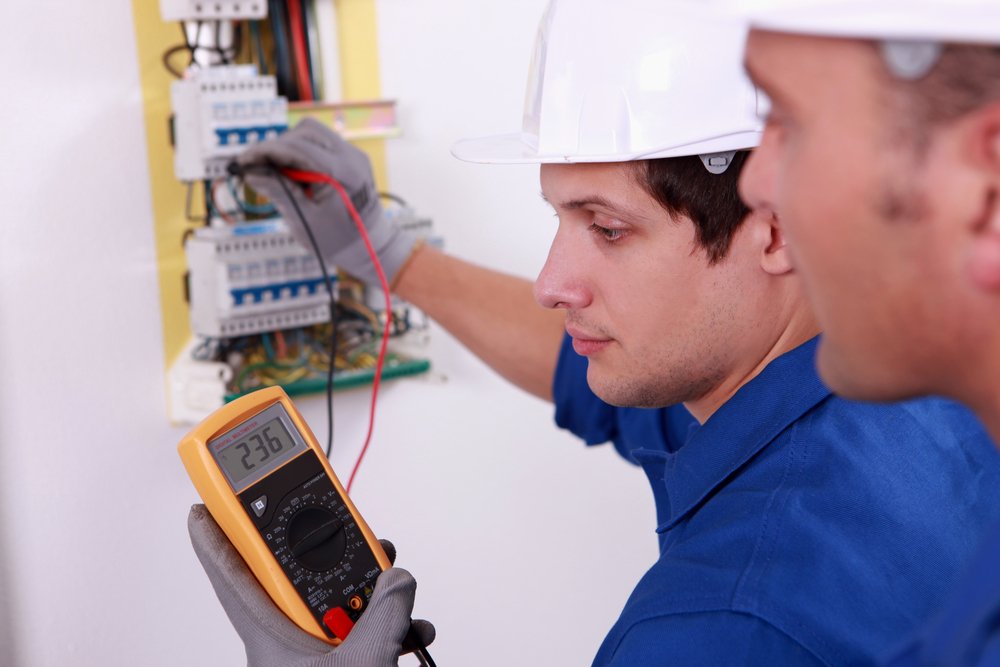
Operational Limitations and EICRs
Operational Limitations and EICRs;
An EICR (Electrical Installation Condition Reporting) is an assessment and testing of an electrical installation. During this process, an electrician visits a property to assess its wiring condition.
During an inspection, operational limitations can be put in place that restrict access to certain areas of a property. These should be noted in the EICR if they arise during the assessment.
Access (Operational Limitations and EICRs)
Operational Limitations and EICRs;
Operational constraints can be a hassle and may prevent some EICRs from being completed at all. For instance, where there are restrictions on accessing certain parts of an installation or electrical circuits, an EICR won’t likely be completed completely. To ensure everything runs smoothly during your EICR inspection, make sure all parties involved understand any limitations beforehand and what prevents its completion as part of your contract.
An EICR should be conducted at least every one to three years, depending on the property and if any repairs were made prior to installation. Additionally, assessments are necessary after fire or flooding damage as well as when changing from rental to owner-occupier tenancy.
The most thrilling aspect of EICR testing is testing the electrical system, which may take several hours on average domestic properties due to all its circuits and equipment as well as testing between live conductors such as switches or light bulb sockets.
To maximize the outcome of the test, it’s best to find a trustworthy electrician that can satisfy all your needs. A good choice should offer competitive pricing and various services tailored for you. Most importantly, select someone you can trust – make sure to review their references beforehand.
Equipment (Operational Limitations and EICRs)
Operational Limitations and EICRs;
Equipment limitations refer to any barriers or restrictions which cannot be inspected or tested and could potentially impact safety or operation of an installation. Generally, these are agreed upon before work commences and should be explained. Examples include bare live conductors which cannot be reached, equipment which needs energized in order to inspect it, and circuits integral part of processes which need shut down for inspection or testing.
For instance, if an EICR is performed on a consumer unit in a laboratory, there will be no way for the inspector to inspect the switch panel or replace a fuse or circuit-breaker because all power has been cut off.
Some electrical circuits, however, feature built-in overload protection which means if the equipment becomes overloaded it will disconnect from its power source. This feature can be especially beneficial for equipment like vacuum pumps, drying ovens, stirring motors and electronic instruments.
If this type of protection isn’t in place, it should be. This can be accomplished by installing a CPD (circuit-breaker), or adding another circuit-breaker.
In such cases, I would grant the item a C1 and notify the client that further investigation is necessary. If a C2 is given, I suggest that equipment be inspected to confirm it meets BS 7671 requirements.
British Standard (BS) 7671 requires equipment operating under deenergized conditions to be tested before being used. If not done, there could be serious problems or fires in the building.
Installations (Operational Limitations and EICRs)
Operational Limitations and EICRs;
When purchasing a property, an EICR is an invaluable tool to verify that the electrical installation meets standards. This will give you peace of mind that everything is secure and meets safety regulations.
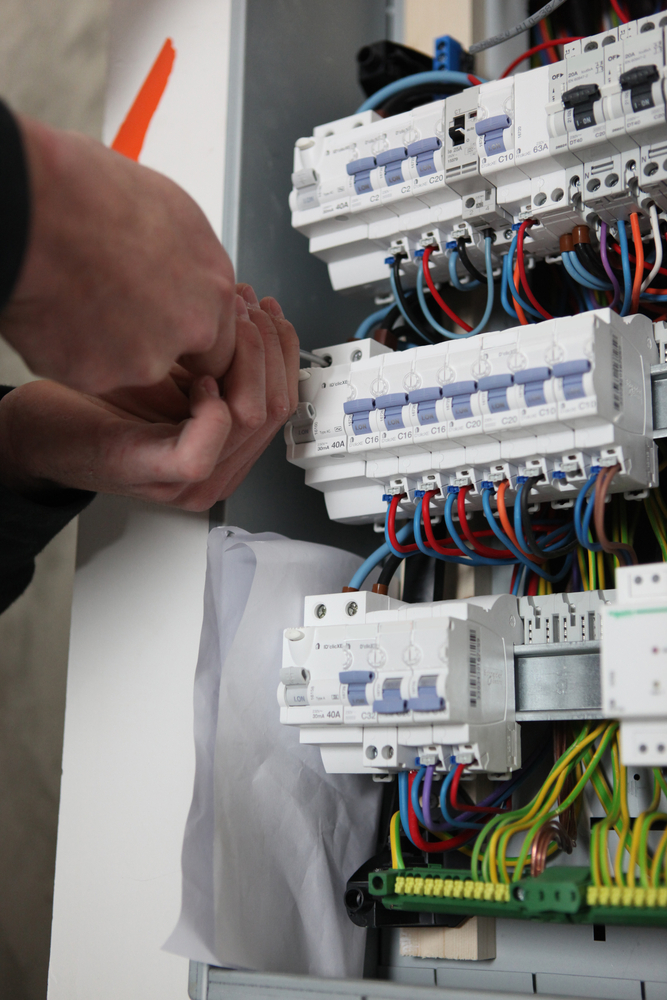
An EICR involves an electrician disconnection the electrical equipment in your property and checking it against standards set out by IET Wiring Regulations. If they identify any issues, they’ll issue a report outlining what needs to be done to remedy them. Furthermore, they can estimate how long it’ll take to carry out the necessary work.
It is essential that the individual performing an inspection possess sufficient experience and training. They should be able to recognize potential hazards caused by electricity and take steps to avoid them at all times. Furthermore, they should be registered under a competent persons scheme for this task.
An EICR is mandated by BS 7671, which states that every electrical installation should be inspected and tested periodically to identify what work, if any, needs to be done to keep it safe and serviceable. Doing this helps guarantee the installation meets safety standards so accidents or injuries do not happen.
In many cases, it is not necessary to conduct an EICR on the entire property. It can be limited to smaller areas like a conservatory. The scope of the inspection should be discussed with the client beforehand and will include how much of the electrical system can be accessed.
The electrical engineer should take into account any obstacles or restrictions on the installation, which might prevent inspection of certain areas. These should be noted in the report and classified appropriately so that further investigation can be conducted appropriately.
If a dangerous condition in the installation (such as an accessible live part) is discovered, inspectors should attempt to make that part safe before carrying out further tests. Unfortunately, in some cases this won’t be possible and in such cases further investigation must be undertaken promptly.
Sockets (Operational Limitations and EICRs)
Operational Limitations and EICRs;
In an emergency, a socket can provide power to an appliance and serve as an accessible access point. Unfortunately, some installations were not intended for this use and may pose risks.
As a general guideline, have your property’s fixed equipment and electricity supply installation (i.e. sockets, wiring and fixed fittings) periodically inspected by an experienced and certified electrician every few years. Doing this helps avoid damage as well as potential hazards to yourself, your family or friends.
Your engineer may provide a report outlining the results of each test and may suggest some remedial work before or after their inspection. Depending on how complex your installation is and their availability, they may be able to carry out this work simultaneously with their inspection, or they may suggest waiting until later for completion.
Are you searching for a way to keep your home secure and protected, an EICR from an established provider such as PropCert might be worth considering. This type of report will let you know if any part of your electrical system fails to meet BS 7671:2018+A1:2020 standards, potentially saving you costly repairs in the future.
Our Pricing
| Our Electrical Safety Certificate Prices |
|---|
| Studio Apartment £67.99 |
| 1 – 3 Bedroom £81.99 |
| 4 Bedroom £89.99 |
| 5 Bedroom £98.99 |
Check Out Our Other Services
| EICR | Commercial EICR | Emergency Light Certificate |
|---|---|---|
| Electrical Diagnostic | PAT Testing | Fuse Box Installation |
About the Author: LandlordCertificate
Related Posts
Get Social
Recent Posts
- The Role of Fire Alarm Installation in Building Safety
- How Often Should a Fire Risk Assessment Be Reviewed?
- What must landlords get right for Fire Risk Assessment London compliance?
- UK Gas Safety Regulations for Landlords & Tenants: Introduction to Gas Safety Certificates
- Check If Your Gas Engineer is Registered: London Gas Safety Certificate London
